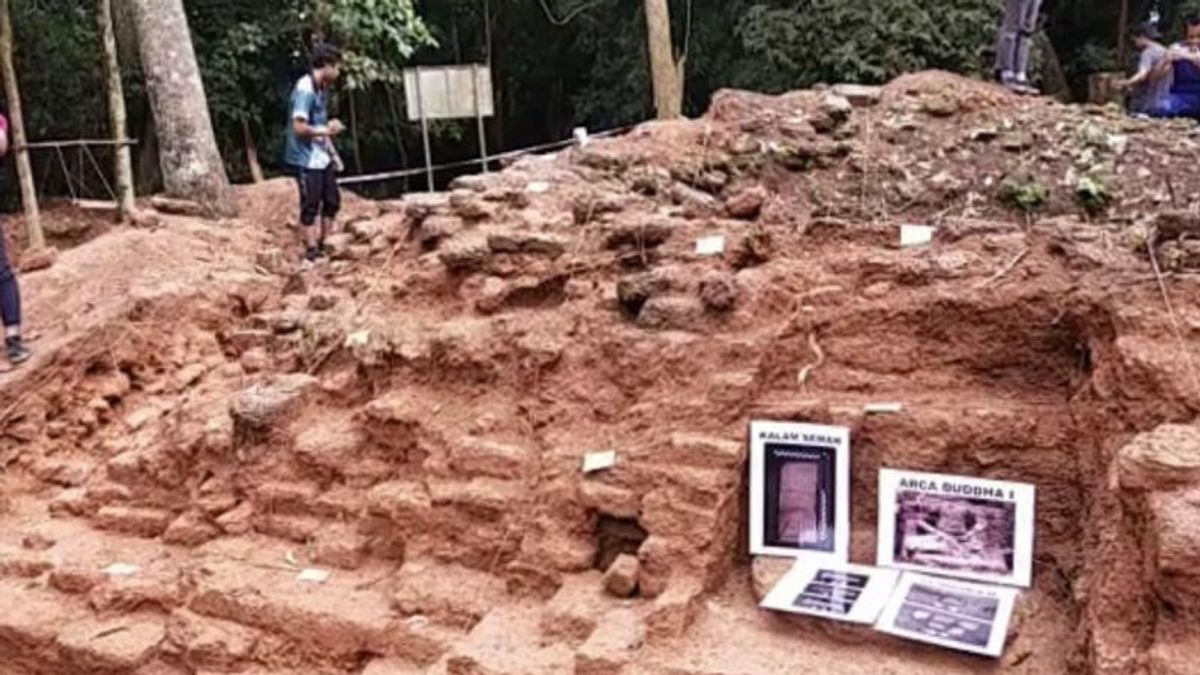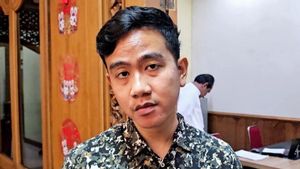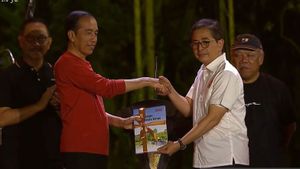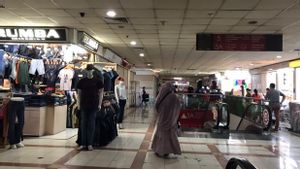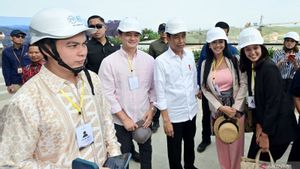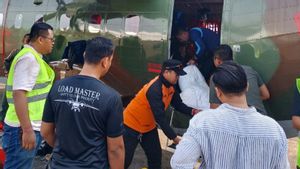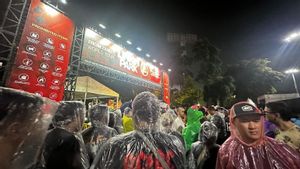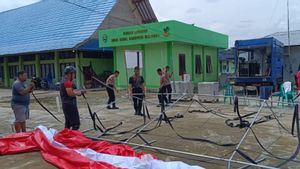JAKARTA - Researcher at the Universiti Sains Malaysia (USM) Global Archaeological Research Center (PPAG) and the Department of National Heritage (JWN) announced the discovery of the largest Buddhist temple structure in Bukit Choras, Yan, Kedah, which is believed to have existed since 1,200 years ago.
USM senior PPAG lecturer Nasha Rodziadi Khaw, who led archaeological excavation research, said in an early-stage study from August 28 to September 12, 2023, it had revealed half of the entire parent temple structure.
The excavation on September 8, 2023, according to him, succeeded in uncovering a much larger and complete temple structure by revealing half the northern and southern walls as well as the entire west wall of the temple.
As reported by ANTARA, Friday, September 22, researchers also found two statues on the south and west walls of the temple. Even though they were damaged, he said the statue could still be identified. The researchers also found inscriptions with Palawa letters and shards of clay pottery.
The proposed initial dating for the site was around the 8th or 9th century AD, which is one era with most of the other temple sites in the Bujang Valley and the development of the Sriwijaya period.
It is planned that the second phase of research will be carried out in December 2023, which includes excavation of half of the other main building structures. Meanwhile, the statues and artifacts that have been found will be taken to the USM PPAG laboratory to be cleaned, conserved and further researched.
VOIR éGALEMENT:
The Bukit Charos site has been confirmed as a cultural heritage based on the National Heritage Act 2005 (Act 645) on December 28, 2016.
In USM's Facebook upload, it was stated that among the discoveries at the location there were two plastered statues (stuko) whose architecture was similar to ancient Sriwijaya Kingdom artifacts found in Sumatra and West Java, Indonesia.
The remains of the temple structure found are still well maintained and show unique carving and architectural characteristics, especially with the presence of graded buildings, as well as special spaces for laying statues.
The English, Chinese, Japanese, Arabic, and French versions are automatically generated by the AI. So there may still be inaccuracies in translating, please always see Indonesian as our main language. (system supported by DigitalSiber.id)
